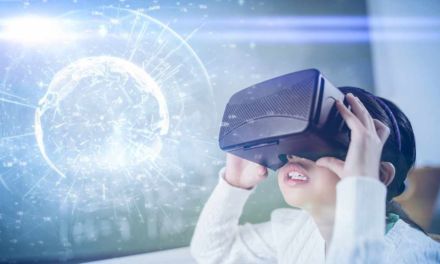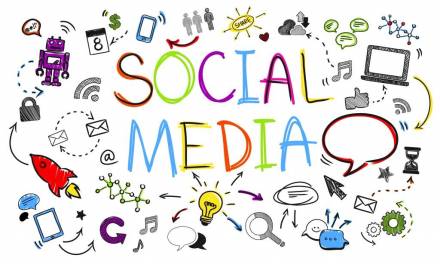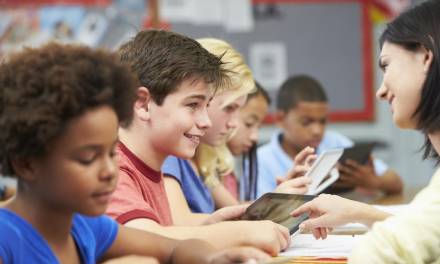With the advancement in digitalisation, educational institutions have started using newer technology, such as virtual reality, in their learning modes. Modern learning environments utilise virtual reality in open learning methods to make education more accessible to learners. There are several ways of integrating virtual reality into learning modes. One example is incorporating the technology of VR into the medical demonstrations, where the learners learn the medicinal terms without coming in contact with any bacteria or harmful substances.
An overview of virtual reality
Virtual Reality, or VR, is a technology that allows users to immerse themselves in a specially created or simulated environment fully. Through creating an immersive environment, virtual reality enhances the user experience by designing a stimulating environment. Virtual reality technology aims to create an alternative experience for users. So, the goal is to distance the users from reality and create a virtual environment for an immersive user experience.
Application of virtual reality in schools
Schools are using virtual reality to create an environment where the students are taught vocational and technical skills to perform well in the future. These technical and vocational skills cannot be learned through reading books. So, virtual reality creates an immersive environment where the learners get hands-on and immersive experiences. It also reduces the dangers of learning the vocational experience. For example, mechanical training can be provided through virtual reality without exposing the learners to the harm of getting hurt in the process.
There are also other applications for using virtual reality in schools other than as a medium of instruction for vocational education. Some of these applications are listed below.
- Distance Learning- Schools use the newer virtual reality technology to support distance learning. Virtual reality (VR) can offer a workable substitute when physical obstacles or constraints hinder teachers and students from being in the same classroom. For example, virtual learning came in handy when the corona pandemic hit. VR can offer an immersive learning environment that allows teachers and students to virtually be present in the same “room” rather than depending on plain video conferencing.
- Accessible Learning- Lots of disabled people have limited mobility and cannot access the resources of the world in their full capacities. In situations like those, accessible learning, which is provided through the integration of virtual reality and learning, is a solution. Most normal activities can be very stressful for people with disabilities. However, immersive virtual reality experiences can also help overstimulate people to relax, reducing the likelihood of becoming agitated in a chaotic classroom setting. Hence, one of the significant advantages of using virtual reality in schools is that, in this way, accessible learning is provided to all.
- New experiences- Another advantage of using virtual reality in the educational field is that it allows for virtual field trips for learners. They enable educators to engage students in immersive learning experiences and offer practical learning possibilities that would otherwise be challenging or impossible in the classroom. Field trips, however, might be prohibitively expensive for certain children. Students who have mobility issues may find it difficult to attend. For instance, during the pandemic, students were constrained in their homes, and field trips were made possible using VR technology, which provided them with an escape from reality.
Benefits of the use of Virtual Reality in educational institutions
There are several benefits of using the domain of virtual reality in education. Some of the benefits are listed below.
- It increases student engagement- The simulation of virtual experiences makes the curriculum much more engaging, making it interesting for the learners. Hence, the use of virtual reality in education increases student engagement. Immediate engagement of learners is a hard thing to achieve nowadays when people have short attention spans. Hence, VR is advantageous in fostering engagement among learners.
- Education is accessible to all- Virtual reality is not at all bound by physical limitations. That is one of the reasons that all students, regardless of their skills, backgrounds, or geographic location, can benefit from VR-driven learning experiences.
- It helps in understanding the most complex information- Through the help of a simulated environment, VR-driven learning experiences help the learners understand the difficult subject matter in a much simpler manner.
With the advent of a digitalised world, students utilise technology frequently and are considerably more tech-savvy than their parents. Teachers know how much technology is used and relied upon by teenagers. Therefore, it makes sense to incorporate technology into the learning process adapted by students. It is primarily why VR-driven learning experiences are gaining momentum.
Virtual reality can work in combination with remote teaching and can benefit students learning from their own homes. If you would like to learn more about an effective online alternative provision that provides one-to-one support from qualified teachers then use EDClass. You can call the team on 01909 568338, send an email to mail@edclass.com, book directly here or click the button below.











